Eco-friendly Modular Classrooms
Offering a complete turnkey service, TG Escapes designs, delivers and builds stunning modular classrooms for schools across the UK. These attractive permanent structures are designed around biophilic design principles, creating a comfortable and positive learning environment for students. Speak to a member of our team today about your needs in a classroom.
Bespoke modular classroom buildings
Whether you need additional classroom space to handle an increase in enrollment, a specialist room built for your modular SEND classrooms to support students with special educational needs, or a room catering to specific subjects like music or drama, our team of architects and designers will craft you a bespoke modular classroom.
We employ a truly collaborative approach, working with you at every stage to ensure you get the exact building you need. We also offer a free design service to our customers, with a comprehensive upfront price that will remain fixed throughout.
Opting for a quality modular classroom will bring a series of benefits to your school. Our careful manufacturing process ensures that each building we produce will offer dependable strength and performance over time, with an intended 50-year lifespan.
Modular buildings also benefit from faster turnarounds and on-site construction, ensuring your bespoke classroom is fully operational as soon as possible. Sustainability and net zero are crucial factors for new school buildings, and we can achieve net zero in operation for your classroom through several green features.
Take a look at just some of the hundreds of educational buildings we’ve produced through our case studies page.


Modular classrooms designed, delivered, and built across the UK
TG Escapes offers a turnkey service, designing, manufacturing, delivering, and constructing your modular classroom for a single cost-effective price. We will handle every aspect, from planning applications to groundwork to decoration, allowing us to save our customers time and stress, whilst ensuring an industry-leading standard of quality throughout.
We have a team of in-house architects and designers, who will create a bespoke design precisely tailored to your needs and budget. Across our decades of experience, we have built everything from individual modular classrooms to larger blocks and specialist facilities for modular buildings for primary schools, eco-friendly secondary school buildings, and bespoke independent school facilities. Our professional and friendly team will be with you from the first design consultation until we hand over the keys, keeping you in the loop throughout. This turnkey approach also makes us the perfect partner for streamlined Section 106 compliance.
Our free design service
We offer a free design service to customers across the UK, with our team working around your needs and your site, designing you a modular classroom that fits your needs, and providing you with an all-in-one quote for every aspect of its materials and labour. Contact us today to get started on your free design.
Our eco-friendly design principles
We prioritise creating classrooms that are great for both the environment and the students who will be using them.
All of our buildings can be manufactured to achieve net zero in operation, with green features like seeded roofs and solar panels incorporated into the design. We only use responsibly sourced materials, from the sustainable timber in our frames to our minimal impact foundations, and the recycled insulation installed in our walls. Modular classrooms will involve fewer materials, less waste, and a less disruptive installation process than traditional brick-and-mortar buildings.
TG Escapes are the only modular school building manufacturer in the UK to utilise biophilic design principles, ensuring that our classrooms offer an unparalleled learning environment for staff and students. We’ll do this by prioritising natural elements within our designs, from views of outside spaces, direct sunlight, and easy access to the outdoors. Emphasising these aspects within each design will offer proven improvements to focus and happiness while reducing stress levels.

Some words from a customer…
Over nearly 20 years we have worked on hundreds of modular educational buildings across the UK, earning a reputation for our fantastic all-in-one service, our friendly team, and the high quality of our finished buildings.

“Our experience with TG Escapes has been nothing short of exemplary. Their consistent communication, adherence to timelines, exceptional quality of work, adaptability, and professionalism have contributed to the successful realization of our project. We look forward to the potential of collaborating with TG Escapes in the future and express our gratitude for their contributions to this project.”

Key Benefits
We start every project with a FREE consultation and provide these benefits:

Proven Construction Experience
- We have built over 250 educational buildings across the UK
- Fantastic reviews from customers
- Winner of a national education environment award
- Proud members of ISBL and Constructionline Platinum
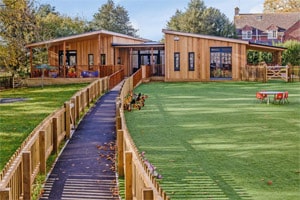
One Fixed Price
We give an all in one price so there are no surprises:
- Design
- Planning permission
- Groundwork
- Manufacture
- Power and water
- Plastering and finishing
- Decoration
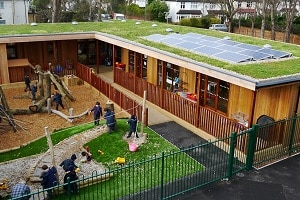
Net-Zero Biophilic Designs
-
All buildings can be made net zero in use
-
Sustainable materials
-
Green features
-
Emphasis on outdoor access
-
High levels of natural light
-
Views of nature prioritised

High-Quality Bespoke Classrooms
- Designed around your needs
- 50 year intended lifespan
- Beautiful timber looks
- Emphasis on usability
- Minimal site disruption
Tell us what you need in a modular classroom
TG Escapes are suppliers of beautiful classrooms for a range of educational clients across the UK, offering an all-in-one solution that prioritises fantastic and sustainable spaces. Speak to a member of a team about what you’re looking for in a modular classroom today, and we can start work on a free design and comprehensive quote.
Featured Blogs
See all blogs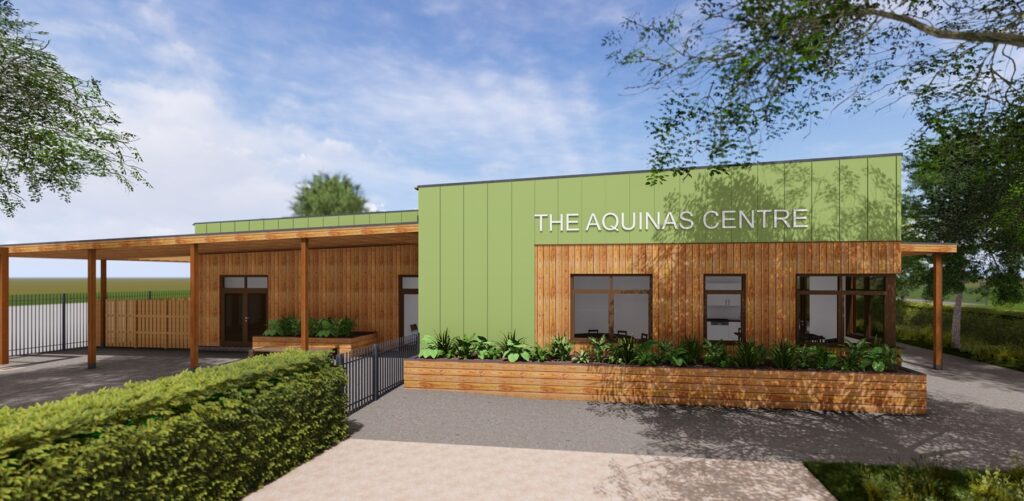
Education Estates 2025: Surrey County Council Share Their SEND Provision Strategy, Including the Contribution Made by TG Escapes

The Benefits of Choosing a Modular Clubhouse Building
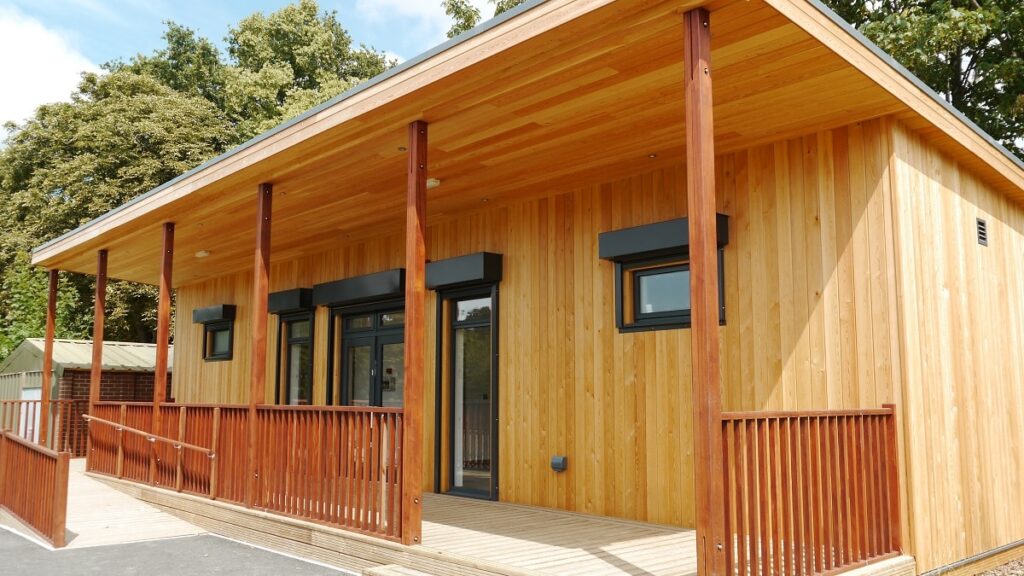
Supporting Active School Life With Modular Sports Pavilions
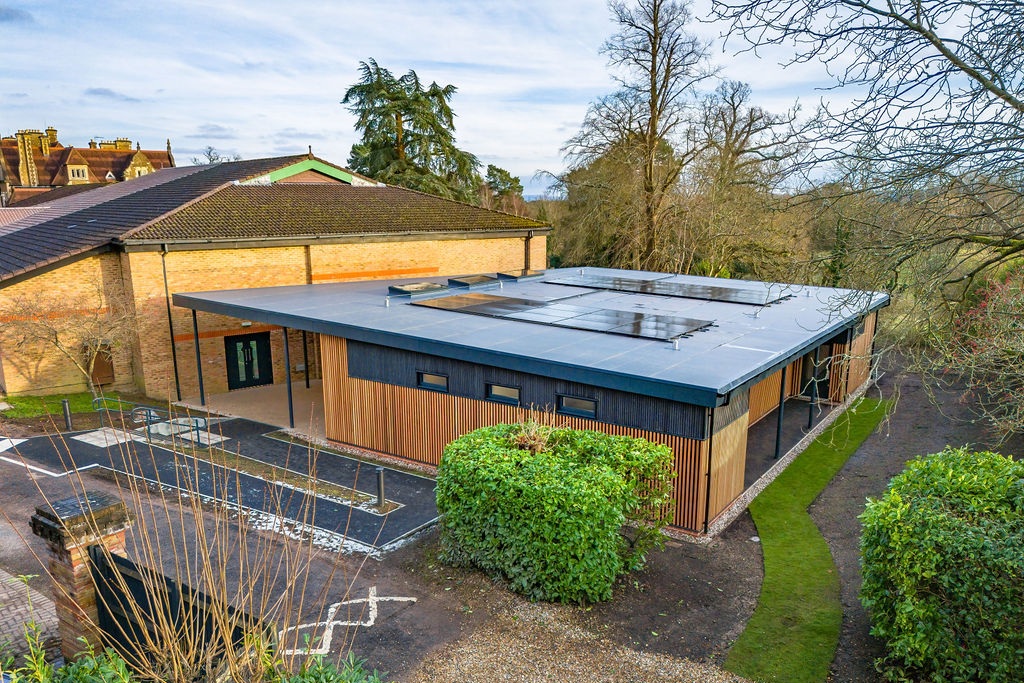
Let's Explore What's Possible for Your School
Whether you’re planning new classrooms, SEND provision, or replacing existing buildings, we’re here to help. Tell us about your project and we’ll share ideas, options and honest advice – no obligation, no pressure.
- Free consultation & site assessment We'll visit your school to understand exactly what you need
- Funding guidance included We'll help identify grants and explain application processes (like S106 and CIF)
- See what others have achieved We'll share relevant case studies from our 800+ completed projects
- Fixed pricing, no surprises You'll receive transparent costings with no hidden extras
Contact Form
"*" indicates required fields
Modular Classroom FAQs
Are TG Escapes’ modular classrooms temporary structures or permanent buildings?
Our modular classrooms are permanent buildings designed with a lifespan of 50+ years. Depending on your project, buildings may require planning permission or can be delivered through permitted development routes. We handle building regulations approval for buildings over 30m² and can manage the full permissions process on your behalf where required.
They’re constructed using our insulated timber cassette panel system with exceptional thermal performance (U-values of 0.17 W/M²K for walls and roofs), professional foundations (pad and pier or screw-pile systems), and high-quality finishes including sustainable Western Red Cedar cladding.
Unlike temporary structures, you’re getting a permanent building for approximately half the cost of traditional brick-and-mortar construction. The flexibility of our modular build approach means your buildings can be extended and grow with your needs over time, as demonstrated at Hartsholme Academy in Lincoln, which we successfully expanded over three phases. For detailed technical specifications and compliance information, visit our specifications page.
Can TG Escapes design modular classrooms specifically tailored to our school’s unique requirements?
Absolutely. All our modular buildings are fully bespoke designs created by our in-house team of architects and designers, precisely tailored to your needs and budget. Our panelised modular system enables us to fulfil almost any design while ensuring strength and quality – from individual standalone classrooms to two-storey blocks with 10+ classrooms, and specialist facilities including SEND provision, early years settings, music and drama rooms, and dining halls.
You can choose from a wide range of external finishes – timber cladding, composite materials, render in various colours, brick slips, or even living walls. We also customise all internal specifications, facilities and features to suit your requirements, whether that’s specific accessibility needs (Document M compliant), ventilation systems (MVHR or air-conditioning), heating solutions, or specialised lighting. Each building can incorporate sustainability features like solar panels, living sedum roofs and sun pipes to achieve net-zero operation tailored to your site. View our project case studies to see the variety of bespoke solutions we’ve created, and explore our pricing options for different specifications.
